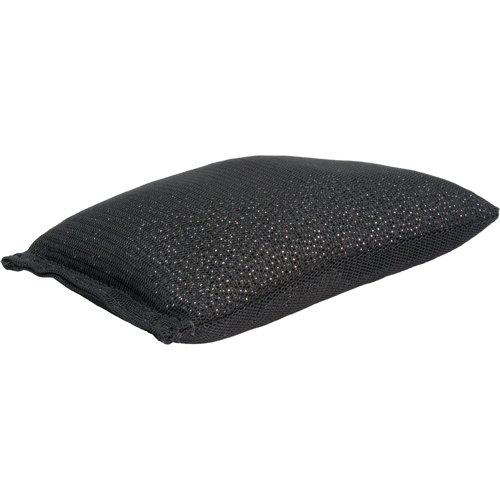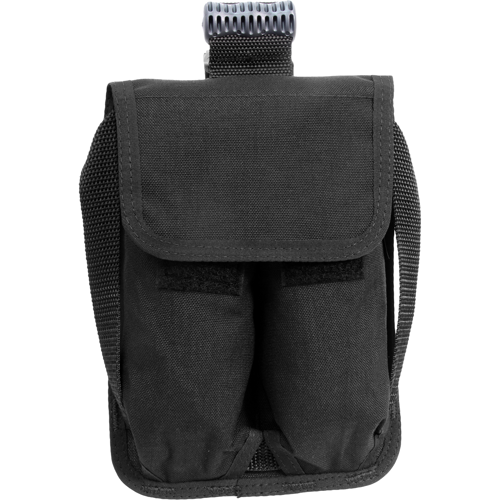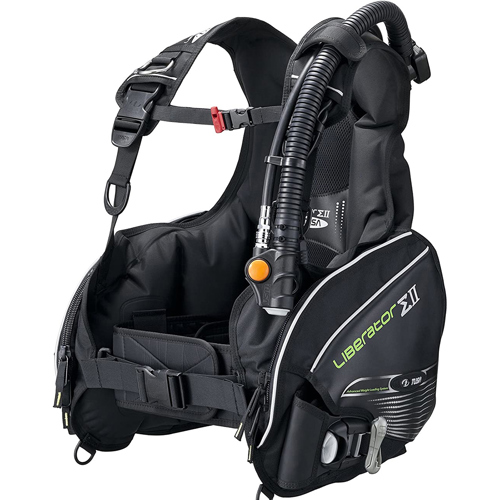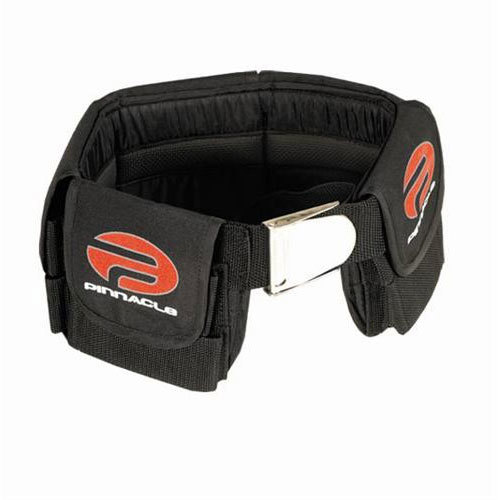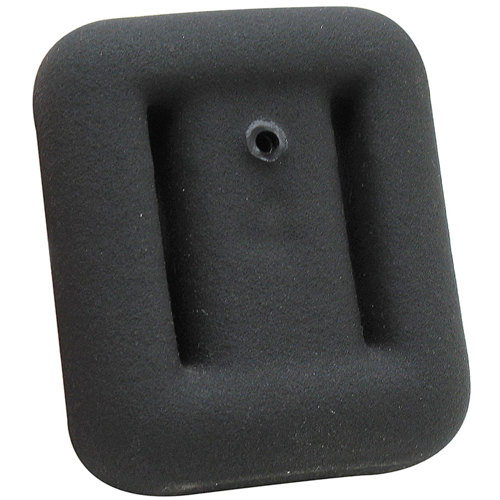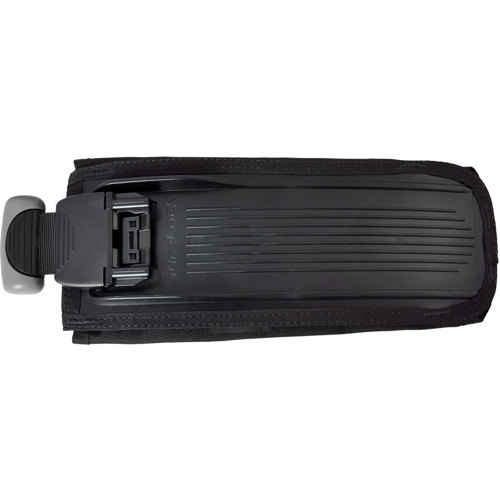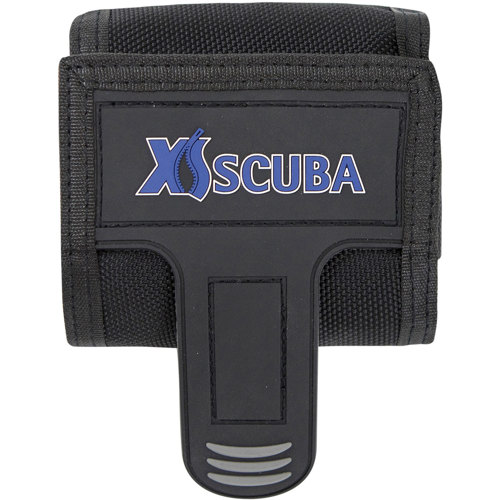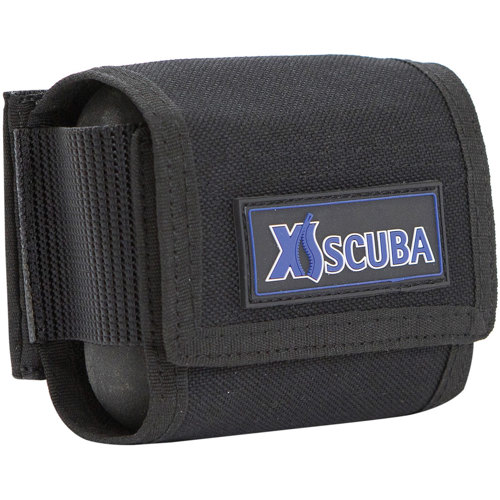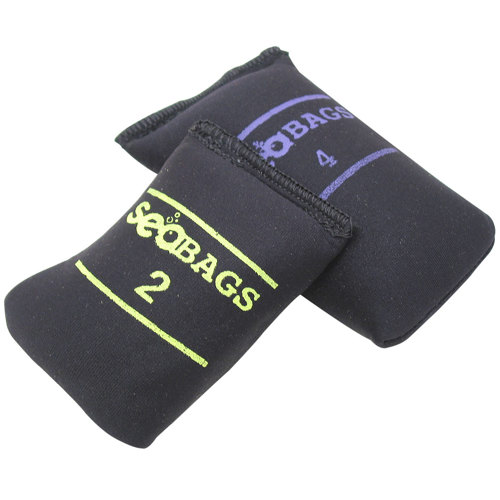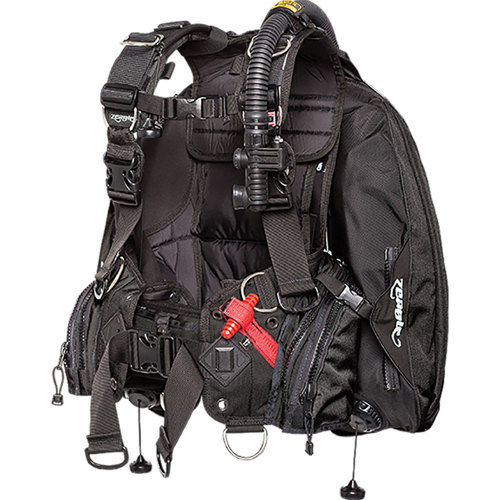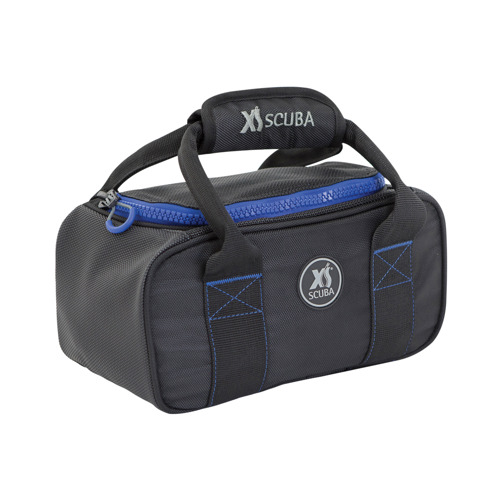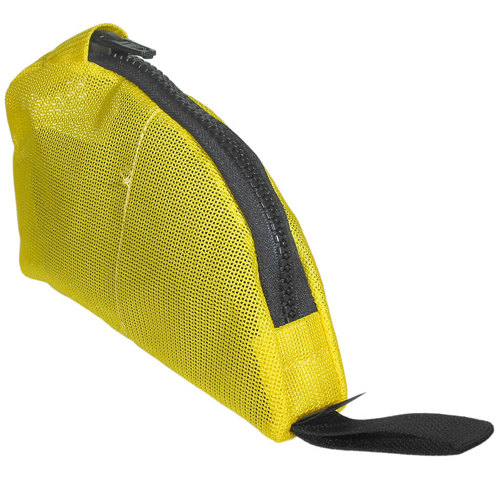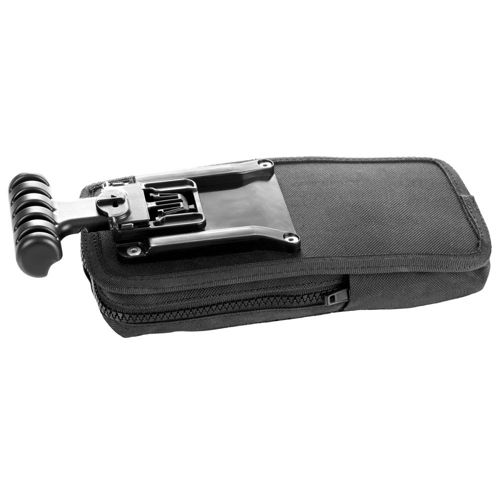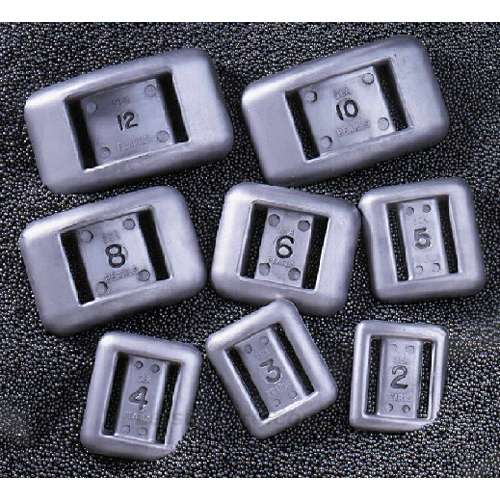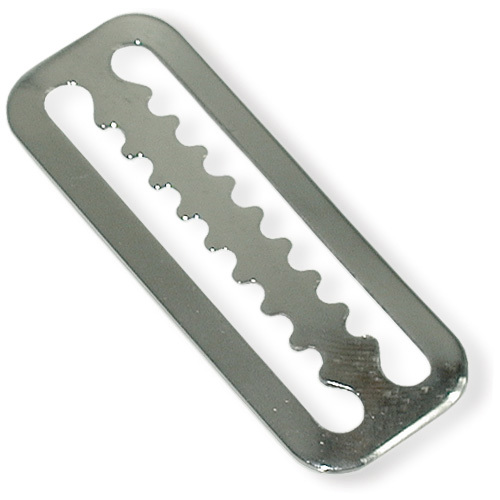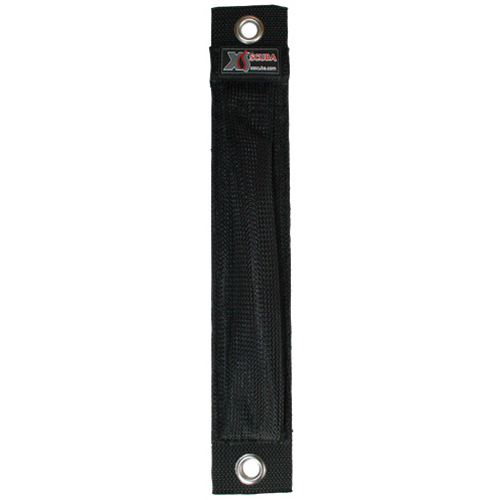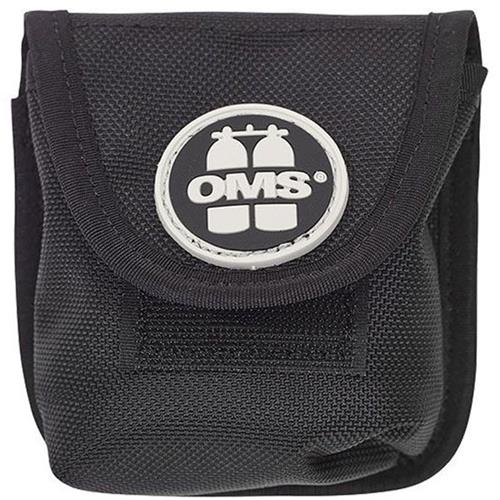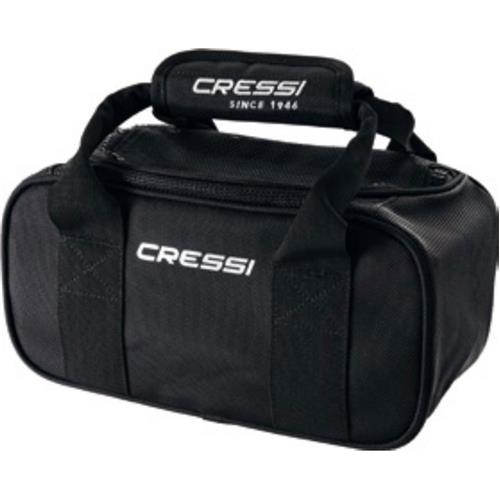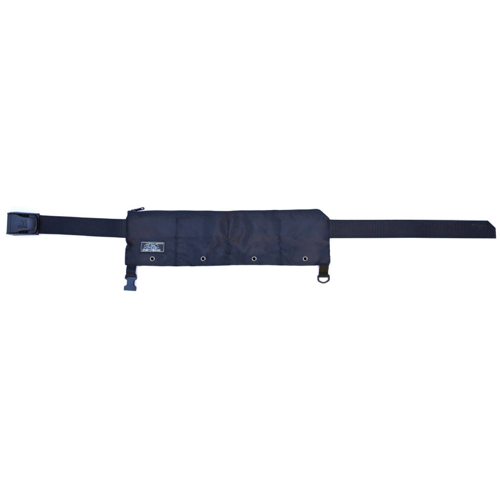Technical diving weights are essential pieces of equipment designed for divers who push beyond the boundaries of recreational diving, often exploring deeper depths, overhead environments, or using specialized gas mixtures. Whether you’re gearing up for a summer expedition to a shipwreck or preparing for a challenging cave dive, the right weighting system ensures not only your safety but also your comfort and efficiency underwater. Technical divers often find themselves managing heavier or more complex equipment configurations—think twin tanks, stage bottles, and drysuits—which demand a thoughtful approach to achieving proper buoyancy. The process of dialing in your weighting is meticulous and personal, often requiring fine-tuning over several dives. Many technical divers recall the trial-and-error of early training, experimenting with different placements and increments of weight to achieve that perfect trim, where movement feels effortless and every fin kick propels you forward with precision. For those who dive year-round, the change of seasons brings additional considerations. In the warmer months of June and beyond, thinner wetsuits might reduce the amount of weight needed, while colder water excursions in drysuits call for extra ballast to offset the increased buoyancy of heavier exposure protection.
Choosing the right technical diving weights involves more than simply picking a number on a scale. Divers must consider the type of diving they plan to do, the exposure protection they’ll wear, and the specific gear configuration they use. Modular weight systems, such as those that allow for precise distribution across harnesses or backplates, are particularly valued by technical divers who need to maintain perfect horizontal trim during decompression stops or while navigating tight spaces. The ability to distribute weight along the waist, back, or even ankles can make a significant difference in both comfort and control. Some divers prefer soft weights for adjustability and comfort, while others gravitate toward traditional hard weights for their durability and consistency. If you’re shopping for a technical diver—perhaps as a thoughtful gift for a dive buddy preparing for their next big course or expedition—consider the practical side of these weights. They are not just utilitarian objects but tools that enable exploration of the underwater world’s most challenging environments. A well-chosen set of weights can be the difference between a dive that feels like a struggle and one that’s smooth and controlled, allowing the diver to focus on the wonders around them rather than constant adjustments.
It’s also worth noting that technical diving weights are built to withstand the rigors of demanding dives, often constructed from materials that resist corrosion and wear even after repeated exposure to saltwater and rough handling. The summer diving season is an ideal time to reassess your setup, check for signs of wear, and consider upgrades that might enhance your diving experience. Many experienced divers keep a selection of different weights handy, ready to swap in or out depending on the dive plan, water conditions, or gear changes. For those interested in exploring the variety of solid options available, our
Hard Diving Weights page offers a closer look at robust, reliable choices suited for technical applications. Whether you’re preparing for a local deep dive or an overseas adventure, investing in the right weights ensures you can approach every technical dive with confidence, safety, and the freedom to truly enjoy the underwater world.
Top Picks For Technical Diving Weights

